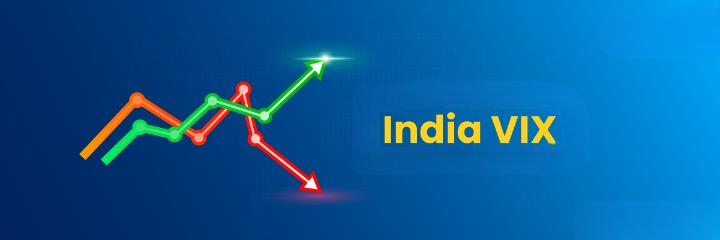India VIX

- 16 May 2024
Why is it in the News?
India VIX, which is an indicator of the market’s expectation of volatility over the near term, surged past the 21 mark recently.
What is India VIX?
- India VIX is a volatility index computed by the NSE based on the order book of NIFTY Options.
- For this, the best bid-ask quotes of near and next-month NIFTY options contracts, which are traded on the F&O segment of NSE are used.
- India VIX indicates the investor’s perception of the market’s volatility in the near term i.e. it depicts the expected market volatility over the next 30 calendar days.
- The higher the India VIX values, the higher the expected volatility and vice versa, as per NSE.
- ‘VIX’ is a trademark of the CBOE, and Standard & Poor’s has granted a license to NSE, with permission from the CBOE, to use such a mark in the name of the India VIX and for purposes relating to the India VIX.
What is the Volatility Index?
- The Volatility Index, VIX or the Fear Index, is a measure of the market’s expectation of volatility over the near term.
- Volatility is often described as the ‘rate and magnitude of changes in prices’ and in finance often referred to as risk.
- Usually, during periods of market volatility, the market moves steeply up or down and the volatility index tends to rise.
- As volatility subsides, the Volatility Index declines.
- The Volatility Index is a measure of the amount by which an underlying index is expected to fluctuate in the near term, (calculated as annualised volatility, denoted in percentage e.g. 20 per cent) based on the order book of the underlying index options.
- The Chicago Board of Options Exchange (CBOE) was the first to introduce the volatility index for the US markets in 1993 based on S&P 100 Index option prices.
- In 2003, the methodology was revised and the new volatility index was based on S&P 500 Index options.
- Since its inception, it has become an indicator of how market practitioners think about volatility.
- Investors use it to gauge market volatility and base their investment decisions accordingly.
